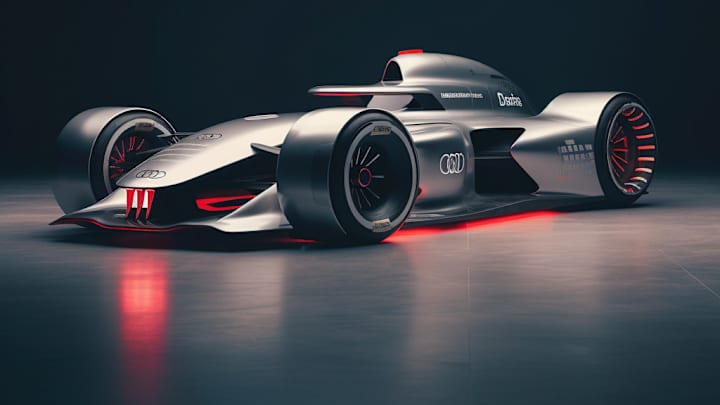F1 News: 2026 Regulations Show A Drop In Power And A Fear Of Audi Engineering

Christian Horner, the team boss of Red Bull, has expressed concerns over the proposed 2026 Formula 1 regulations. The new rules, yet to be finalised outlined in this article, suggest a shift towards a heavier, more electric-powered vehicle. Horner warns that this could lead to substantial changes in chassis development, potentially diminishing the spectator appeal of the sport.
The expected powertrain transformation includes an increased reliance on electric power, with the MGU-K’s contribution expected to jump from 120 kilowatts to 350 kilowatts in 2026. This increase will lead to a substantial weight addition of about 40kg to the powertrain, something that fans and drivers won't be happy with. Accompanying this will be a drop in horsepower from the internal combustion engine from 760 to around 570 horses.
"As positive as the introduction of sustainable fuels is, we should consider before it is too late what ratio of electric power to power from the internal combustion engine we are aiming for.
"We must not create engineered Frankenstein cars where the chassis has to atone for the sins of the powertrain," he argued in discussion with Auto Motor und Sport.
"There won't be enough slipstream or enough DRS effect to overtake with that," Horner fears.
"The combustion engine should not become a generator to charge the battery. We can't afford to have drivers having to downshift on the straights to charge the batteries. We could prevent that by correcting the ratio of electric power to combustion engine power.
"It doesn't have to be much. Five to ten per cent in the combustion direction would help. That would create a better platform for the chassis rules."

On top of this, Horner criticises the planned active aerodynamics for energy recuperation, fearing it could limit overtaking. He suggests an adjustment of the electric to combustion engine power ratio to prevent creating overly complicated and heavy vehicles that are unable to maintain full throttle down a straight.
Teams in general also argued against a front axle capable of energy recuperation which, according to F1, could be because of Audi joining the pack with their knowledge in this area, but this means that they'll need to burn petrol to recharge their batteries. This will add to the weight of the car, but F1 is happy to explain themselves:
"According to our calculations, we could have managed with 18 kilograms extra for two 130-kilowatt generators (176 PS) including half-shafts, a differential and the wiring. We would have tapped the remaining 130 kilowatts from the rear.
"With this solution, we could have reduced the tank capacity from 110 to 70 kilograms and practically completely dispensed with fuel burning for energy generation."
With the regulations leading to an increased fuel tank size and a significant reduction in combustion engine power, the focus will shift from the amount of fuel to provided energy for maximum output.
Despite the anticipated increase in vehicle weight, industry insiders like Symonds and Mercedes engine boss Hywell Thomas believe technological advancements could neutralise the gain. Current proposals for further weight reduction include a 30-centimeter decrease in the car's wheelbase and a switch to a six-speed gearbox.
